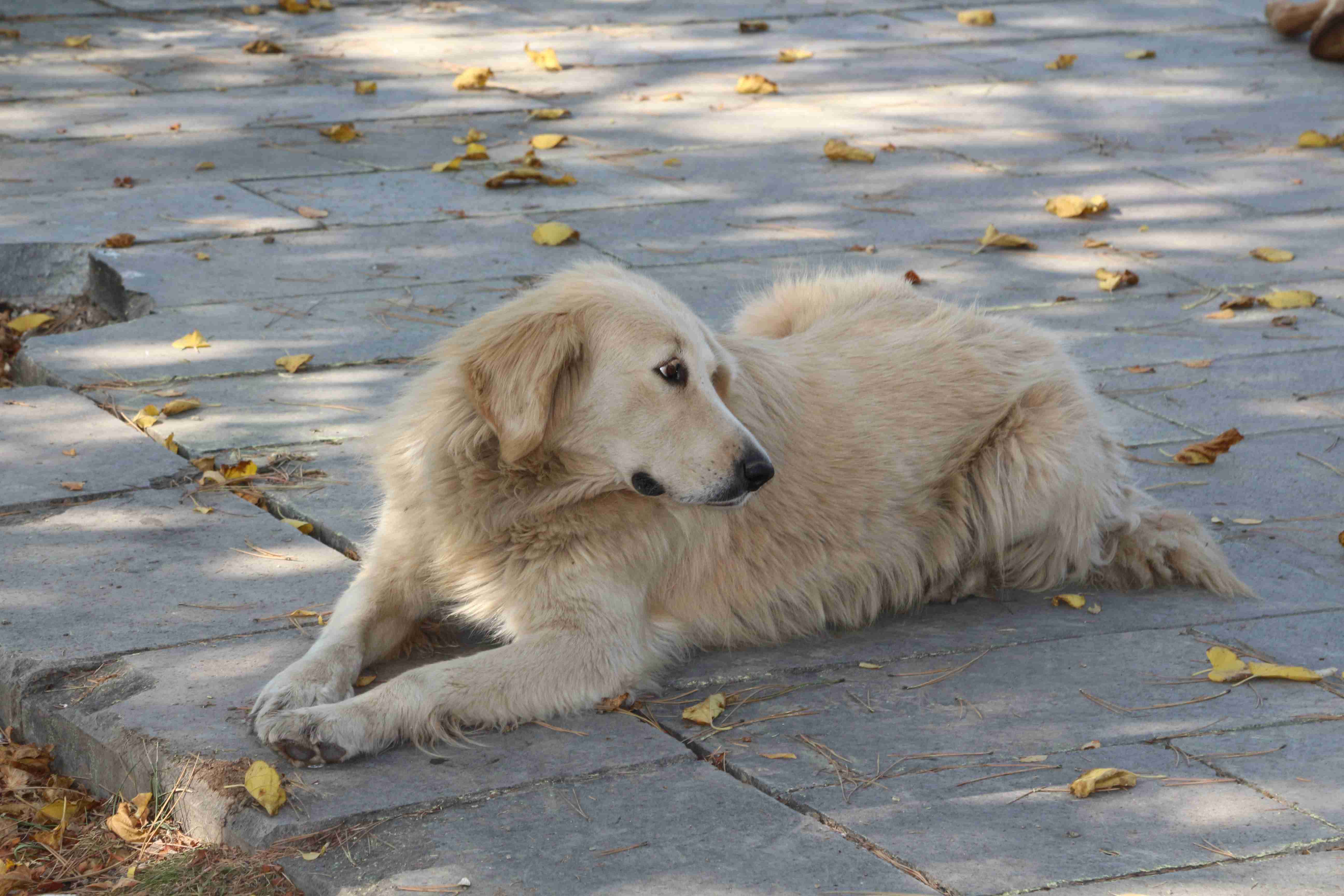As dog owners, we all want to keep our furry friends healthy and happy. Unfortunately, just like humans, dogs can also fall sick. One particularly concerning illness is canine influenza. This virus can affect dogs of all ages and breeds and can be easily spread from one dog to another. Therefore, it’s essential to know the signs of canine influenza to keep your dog safe and healthy. In this blog post, we’ll cover everything you need to know about the signs of canine influenza, how it spreads, and what you can do to prevent it from affecting your furry friend.
As pet owners, we all want our furry friends to be happy and healthy. Unfortunately, just like humans, dogs can get sick from time to time. One illness that has gained attention in recent years is canine influenza, also known as dog flu. This highly contagious respiratory disease can affect dogs of any age, breed, or health status. In this article, we will discuss the signs of canine influenza, how it spreads, and what you can do to protect your dog.
What is Canine Influenza?
Canine influenza is a highly contagious respiratory disease caused by two different strains of the influenza virus: H3N8 and H3N2. The H3N8 strain was first identified in dogs in 2004, while the H3N2 strain was first identified in Asia in 2007 and later emerged in the United States in 2015. Both strains of the virus are highly contagious and can cause respiratory illness in dogs.
How Does Canine Influenza Spread?
Canine influenza is highly contagious and can spread easily from dog to dog. The virus is transmitted through respiratory secretions, such as coughing and sneezing, as well as through contact with contaminated surfaces, such as food and water bowls, toys, and bedding. The virus can also be spread indirectly through people who have been in contact with infected dogs or contaminated surfaces.
What are the Signs of Canine Influenza?
The signs of canine influenza can vary from mild to severe and can include:
- Coughing
- Sneezing
- Nasal discharge
- Fever
- Lethargy
- Loss of appetite
- Difficulty breathing
- Rapid breathing
- Rapid heart rate
- Eye discharge
 - Copy.jpg)
If your dog is showing any of these symptoms, it is important to contact your veterinarian right away. Your veterinarian may recommend diagnostic testing, such as a PCR test or a serology test, to confirm the presence of the canine influenza virus.
How is Canine Influenza Treated?
Unfortunately, there is no cure for canine influenza. Treatment focuses on relieving symptoms and preventing secondary bacterial infections. Your veterinarian may prescribe antibiotics to prevent or treat secondary bacterial infections, as well as cough suppressants or anti-inflammatory medications to relieve coughing and reduce inflammation in the respiratory tract. In severe cases, hospitalization may be necessary.
How Can You Protect Your Dog from Canine Influenza?
The best way to protect your dog from canine influenza is through vaccination. Vaccines are available for both the H3N8 and H3N2 strains of the virus. Your veterinarian can help you determine which vaccine is best for your dog based on their age, lifestyle, and risk factors. In addition to vaccination, you can also take the following steps to protect your dog from canine influenza:
- Avoid contact with sick dogs
- Wash your hands frequently
- Disinfect surfaces that may be contaminated with the virus
- Avoid taking your dog to areas where dogs gather, such as dog parks and boarding facilities, during outbreaks of canine influenza
Conclusion
Canine influenza is a highly contagious respiratory disease that can cause significant illness in dogs. The signs of canine influenza can vary from mild to severe and can include coughing, sneezing, fever, and lethargy. If you suspect that your dog may have canine influenza, it is important to contact your veterinarian right away. Vaccination and other preventative measures can help protect your dog from this potentially serious illness. As always, if you have any concerns about your dog’s health, consult with your veterinarian.
In conclusion, it’s important to be aware of the signs of canine influenza and take appropriate steps to protect your dog. By recognizing the symptoms early on, you can help ensure that your furry friend receives prompt treatment and recovers quickly. Remember to always consult with your veterinarian if you suspect your dog may have the flu. With proper care and attention, you can help keep your dog healthy and happy for years to come.
Please follow us on Social Media


%20-%20Copy.jpg)

.jpg)



.jpg)